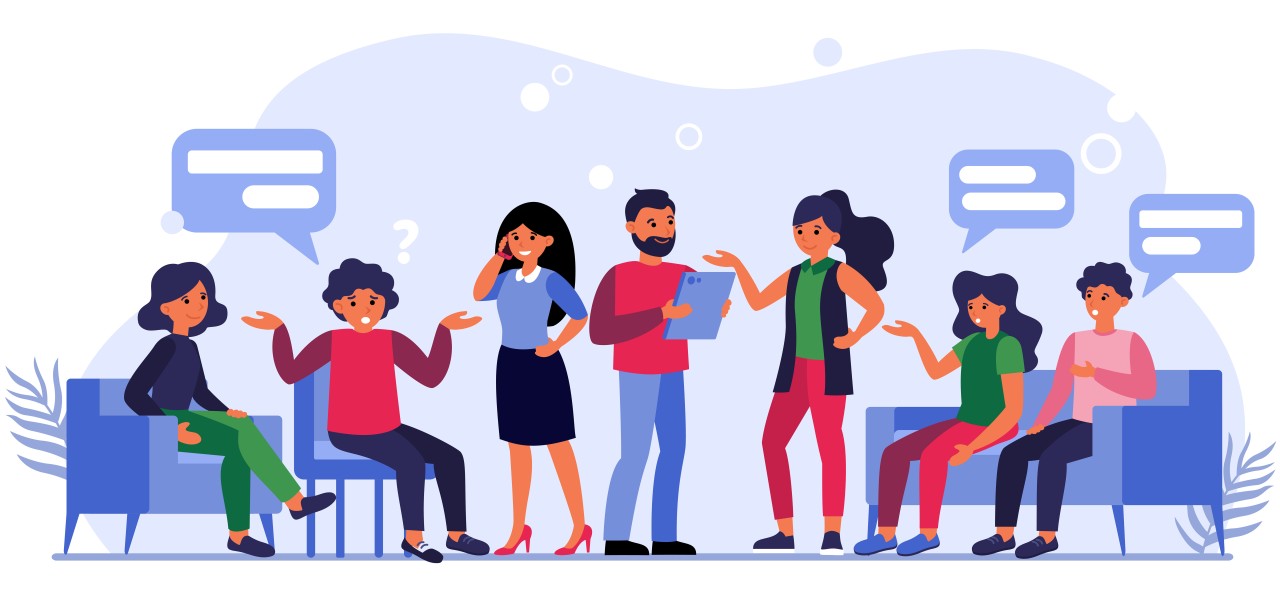Introduction.

Effective communication is a cornerstone of personal and professional success. Whether in the workplace, at home, or in social settings, the ability to express thoughts clearly and understand others can significantly impact relationships and outcomes. This article explores essential communication skills, their importance, and strategies for mastering them to enhance your interactions and achieve your goals.
1. The Foundations of Effective Communication
Explanation: Effective communication encompasses the ability to convey messages clearly, listen actively, and engage in meaningful dialogue. It involves both verbal and non-verbal elements, creating a comprehensive approach to interactions.
Example: A successful team meeting not only includes sharing updates but also involves team members actively listening and contributing to discussions.
Strategy: Familiarize yourself with the basic principles of effective communication, including clarity, coherence, and courtesy. Practicing these principles can lay a strong foundation for your interactions.
2. Active Listening: The Key to Understanding
Explanation: Active listening involves fully concentrating on the speaker, understanding their message, responding thoughtfully, and retaining the information conveyed. It fosters trust and encourages open communication.
Example: In a performance review, an employee who actively listens to feedback shows engagement and willingness to improve, leading to more productive conversations.
Strategy: To practice active listening, maintain eye contact, nod to show understanding, and paraphrase the speaker's points to confirm comprehension.
3. Clarity and Conciseness
Explanation: Clarity and conciseness ensure that your message is easily understood without unnecessary complexity. This skill helps avoid miscommunication and keeps conversations on track.
Example: When presenting a project update, using straightforward language and focusing on key points allows the audience to grasp the essential information quickly.
Strategy: Before speaking or writing, outline your main points. Avoid jargon and overly complex sentences to enhance clarity.
4. Non-Verbal Communication
Explanation: Non-verbal cues, such as body language, facial expressions, and tone of voice, can significantly impact the message conveyed. Being aware of these signals helps reinforce your verbal communication.
Example: A speaker using open body language and maintaining an enthusiastic tone can engage the audience more effectively than someone who appears closed off or disinterested.
Strategy: Monitor your non-verbal cues during conversations. Ensure they align with your verbal messages to create a cohesive communication experience.
5. Empathy in Communication
Explanation: Empathy involves understanding and sharing the feelings of others. Demonstrating empathy fosters strong connections and encourages a supportive communication environment.
Example: A manager who recognizes a team member's stress during a challenging project and offers support demonstrates empathy, leading to increased morale and collaboration.
Strategy: Practice empathy by actively considering the perspectives and emotions of others during conversations. Validate their feelings and respond with understanding.
6. Tailoring Your Communication Style
Explanation: Different situations and audiences require varied communication styles. Adapting your approach enhances relatability and ensures your message is received positively.
Example: A teacher may use a more informal and engaging style with younger students while adopting a more structured approach for adult learners.
Strategy: Observe your audience and adjust your tone, vocabulary, and pace accordingly. Being adaptable allows for more effective communication.
7. Asking Questions
Explanation: Questions are essential for facilitating dialogue and encouraging deeper understanding. They invite participation and clarify uncertainties in conversations.
Example: In a brainstorming session, asking open-ended questions such as “What ideas do you have?” encourages team members to share their thoughts freely.
Strategy: Incorporate a mix of open-ended and closed-ended questions to guide conversations effectively. Open-ended questions promote discussion, while closed-ended ones can confirm specific details.
8. Providing Constructive Feedback
Explanation: Constructive feedback focuses on improvement and encourages growth. It is crucial for professional development and relationship building.
Example: Instead of saying, “You did this wrong,” a manager might say, “I appreciate your effort, but I think we can improve by focusing on this specific area.”
Strategy: Use the “sandwich” method to provide feedback: start with a positive comment, discuss areas for improvement, and conclude with encouragement. This approach softens the delivery and promotes receptiveness.
9. Mastering Written Communication
Explanation: Written communication is vital in professional settings, whether through emails, reports, or presentations. Clarity and professionalism in writing reflect your communication skills.
Example: A well-structured email that clearly outlines the purpose, key points, and next steps is more likely to receive a timely response than a vague message.
Strategy: Before sending written communication, proofread for clarity, grammar, and spelling errors. Ensure your message is structured logically and is easy to follow.
10. Continuous Improvement
Explanation: Mastering communication is an ongoing process. Seeking opportunities for growth and self-reflection enhances your skills and effectiveness.
Example: Joining a public speaking group like Toastmasters can provide valuable practice and feedback, helping you develop confidence and competence in communication.
Strategy: Regularly seek feedback on your communication style from trusted colleagues or friends. Engage in training or workshops to continually refine your skills.
Conclusion.
Mastering communication is essential for achieving personal and professional success. By honing your skills in active listening, clarity, empathy, and adaptability, you can foster stronger connections and enhance your interactions. Implementing the strategies outlined in this article will not only improve your communication but also contribute to your overall effectiveness in both personal and professional contexts. Embrace the journey of mastering communication, and watch as it transforms your relationships and opens doors to new opportunities.


You must be logged in to post a comment.